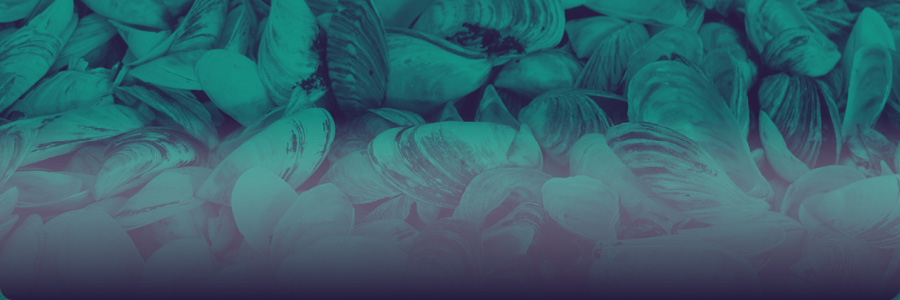
Committee: Environmental Quality Council
Author: Hope Stockwell
Posted on January 4, 2018

With the hydroelectric and fishing fees that fund Montana’s aquatic invasive species (AIS) prevention and control programs set to expire in the next 2 years, the Legislature’s Environmental Quality Council (EQC) will discuss in January what future funding could look like.
Montana’s AIS funding is unique according to a recent survey of AIS programs in ten other states*.Montana is the only state to use hydroelectric fees and it is one of two that require anglers to pay an AIS fee when they buy their fishing license**.
Nearly 75% of the surveyed states impose some kind of watercraft-related fee and 55% use money from their state’s general fund***.
Maintaining the status quo in Montana or implementing a new AIS funding structure would both require legislation. In January, the EQC begins a review process that could lead to recommendations to the 2019 Legislature about how to proceed.
The 2017 Legislature implemented the current AIS fees with passage of Senate Bill 363, sponsored by Senator Chas Vincent, who chairs the EQC.
SB 363 requires anglers in Montana to purchase an aquatic invasive species prevention pass (AISPP) before they may purchase a fishing license. The AISPP costs $2 for residents and $15 for nonresidents.
The bill also requires hydroelectric facilities in Montana to pay a quarterly AIS fee of $795.76 per megawatt of the facility’s nameplate capacity.
Likewise, electric cooperatives that do not own a hydroelectric facility but receive more than 50% of their annual electricity supply from federal hydropower sources must pay a quarterly fee. Per SB 363, that fee is calculated so that it is roughly equivalent to what customers of Northwestern Energy (NWE) would pay per kilowatt hour if NWE passed on the cost of its AIS hydroelectric facility fee to them.
The hydroelectric fees are expected to generate $3.7 million per year. The AISPP is expected to generate $3.27 million per year.
The 2017 Legislature considered but did not pass several other AIS funding options, including assorted watercraft fees and fees on irrigated farmland and bottle caps.
In House Bill 2, the 2017 Legislature appropriated a total of $12.2 million to AIS programs at the Departments of Fish, Wildlife, and Parks (FWP) and Natural Resources and Conservation (DNRC) for the 2018 – 2019 biennium. The DNRC also received $500,000 in House Bill 7 to fund reclamation and development grants for local entities to implement AIS surveys, controls, education and outreach, prevention, and rapid response.
Of the funds appropriated in House Bill 2, the Legislature split the authority so that half comes from state sources (the hydroelectric and AISPP fees). The FWP and DNRC have to seek the other half from federal sources. Thus far, FWP has secured $1.8 million in federal funding with another $2 million expected this biennium. The DNRC has yet to secure federal funding but is currently seeking a $30,000 USDA grant.
Click the image to view full size.
The public is encouraged to provide comment to the EQC during its AIS funding review. The discussion is scheduled from 9 to 10 a.m. on January 18 in Room 172 of the Capitol in Helena. Written comments may also be submitted at any time by emailing hstockwell@mt.gov. Please use the subject line “AIS funding comments”.
For those unable to attend, the meeting will be live-streamed at www.leg.mt.gov and will be broadcast on Television Montana (TVMT). Please check your local channel listings to find TVMT in your area.
For more information, please visit the committee’s website or contact Hope Stockwell, committee staff.
Committee Website: www.leg.mt.gov/water
Committee Staff: hstockwell@mt.gov or 406-444-9280
* CA, CO, ID, MN, NV, OR, WA, WI, WY, and UT
** Minnesota also requires anglers to pay an AIS fee.
*** Stockwell, Hope, A Comparison of Funding for State AIS Programs, December 22, 2017, page 1.